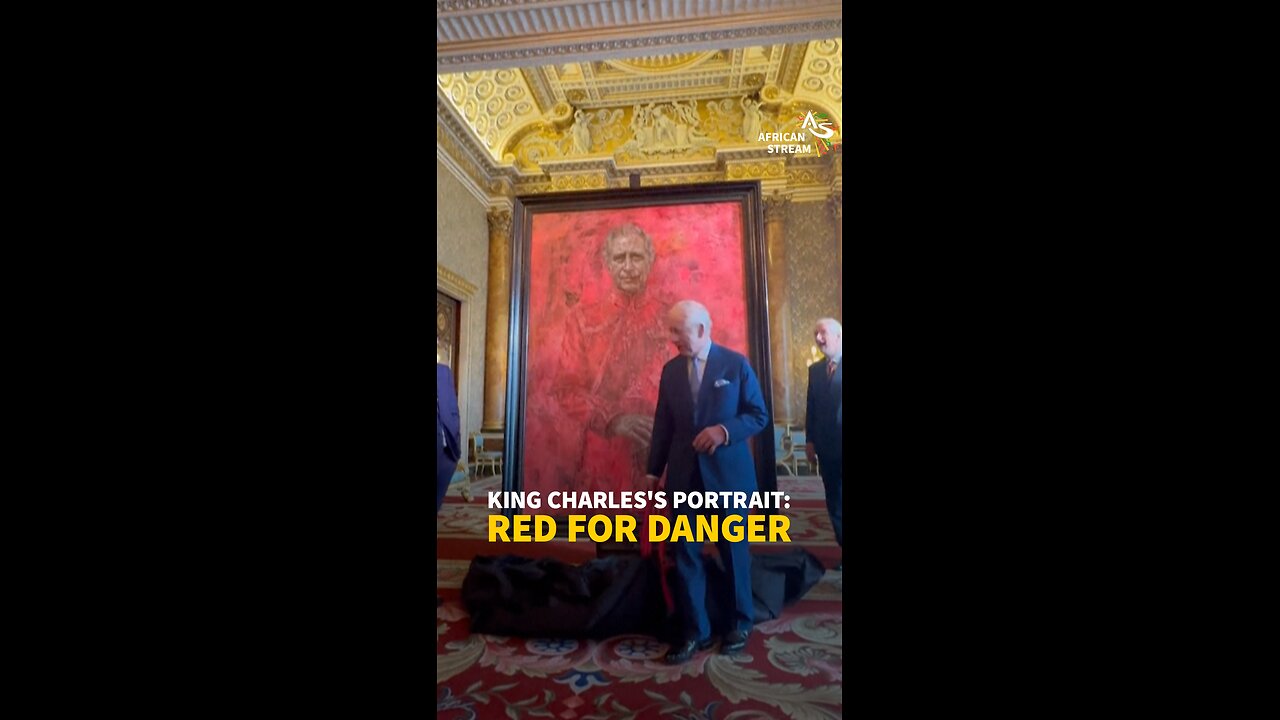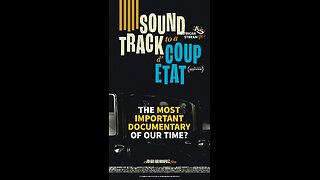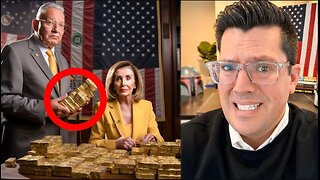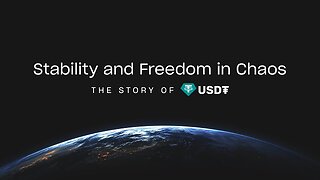Premium Only Content

KING CHARLES'S PORTRAIT: RED FOR DANGER
A painting of King Charles III has caused a stir online.
British artist Jonathan Yeo said his strokes meant to communicate the king's 'deep humanity.' However, the painting's blood-red background has creeped out many online, saying it alludes to the British royal family's violent legacy of colonialism. 'Looks like he's going straight to hell,' one social media user wrote.
The British empire reigned over 412 million people—23 per cent of the global population—in 1913. At its peak in 1920, it controlled about 22 million square kilometres, nearly 17 per cent of the global land area.
Currently, King Charles III is the biggest landowner in the world, according to financial experts at Invezz, which said the king and the royal family own over 6.6 billion acres of land or 17 per cent of the world's land area. That's 37 times more than the next largest landowner, the Catholic Church, which, according to Invezz, owns some 177 million acres. Most of the king's holdings are in former British colonies, after having displaced indigenous people.
The royal family also played a vital role in the European slave trade. King Charles II set up two shipping companies in the 1660s and 1670s, monopolising the slave trade between West and Central Africa and the Americas. The company undertook nearly 250 slave trafficking voyages between 1680 and 1688.
In 1678, the British parliament passed a law allowing merchants' companies to join the sinister trade. In total, British ships trafficked about 3.4 million Africans to sell in the Americas during the European slave trade.
More recently, shortly after Charles's mother had become queen, the British imprisoned, tortured and k*lled about 100,000 Kenyans during a state of emergency between 1952 and 1960.
Those are just a few of the British Empire's crimes.
-
 2:43
2:43
AfricanStream
15 hours agoTHE MOST IMPORTANT DOCUMENTARY OF OUR TIME?
1721 -
 18:53
18:53
DeVory Darkins
1 day ago $12.36 earnedTrump JUST ENDED Mayor Karen Bass During HEATED Meeting
26.1K80 -
 21:06
21:06
Russell Brand
5 hours agoIT'S COMING
58K291 -
 21:26
21:26
Stephen Gardner
1 day ago🔥What JUST leaked out of Congress must be STOPPED NOW!
81.9K171 -
 53:25
53:25
tether
11 days agoStability and Freedom in Chaos: The Story of Tether USD₮ | Tether Documentary (USDT)
106K5 -
 56:44
56:44
VSiNLive
2 days agoFollow the Money with Mitch Moss & Pauly Howard | Hour 1
51.3K2 -
 36:50
36:50
Anthony Pompliano
2 days ago $12.56 earnedInvestors Are ALL-IN On Bitcoin
42.2K8 -
 32:19
32:19
SB Mowing
9 days agoA Backyard She’s NEVER Seen – Now Safe for the Kids to Play!
45.6K19 -
![[Day 26] CS Blast bounty baby](https://1a-1791.com/video/fwe2/8a/s8/1/Z/H/j/_/ZHj_w.0kob-small-Day-26-CS-Blast-bounty-baby.jpg) 2:09:11
2:09:11
ggezlol_tv
9 hours ago[Day 26] CS Blast bounty baby
81.1K2 -
 2:32:17
2:32:17
Sgtfinesse
8 hours ago💥Sunday Morning Hunt for Featherweight Artifact | New World PVP Server: Sclavia
84.6K4